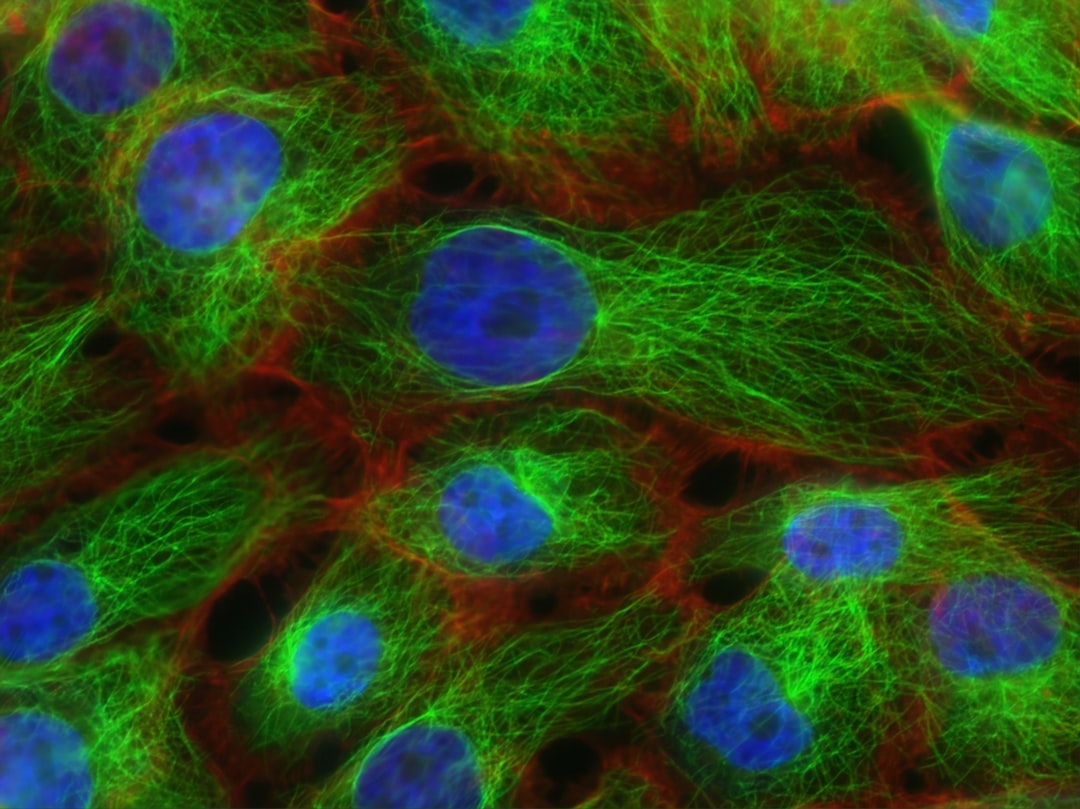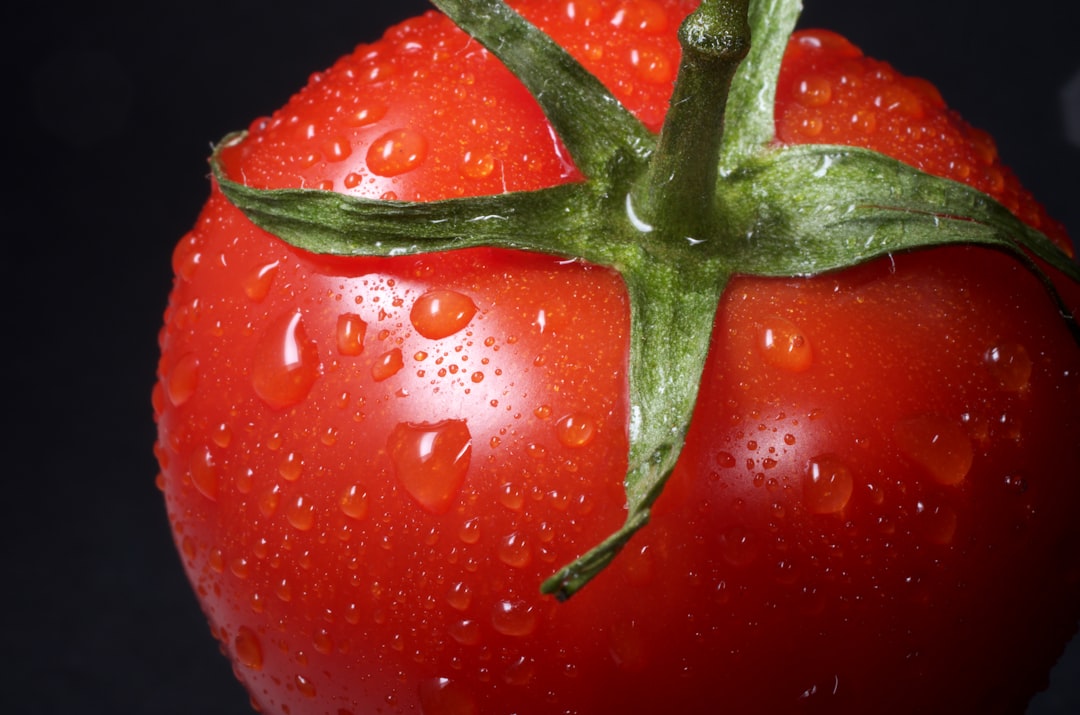What is it about?
Viral infections can significantly impact host resistance to secondary infections by bacteria. For example, pulmonary influenza infection can lead to augmented susceptibility to severe pneumonia when associated to infection with bacteria such as Streptococcus pneumoniae. Patients with coronavirus disease 2019 (COVID-19) can also become naturally coinfected with various bacteria or with nosocomial bacteria during prolonged hospitalization. While great progresses are being made in understanding virus-bacteria coinfection at the level of organisms (cell damages, immune cell infiltration, inflammatory response), our knowledge of the changes that can occur at the cellular level remains limited. Autophagy is a degradative pathway important for cell homeostasis but also an important cell autonomous defense mechanism against intracellular pathogens. We have focused on emerging studies that address the issue of the influence of virus infection-associated changes in the autophagic status of cells on the outcome of secondary bacterial infections at the cell level. This is an emerging field of study that will contribute to our understanding of the biology of virus/bacteria coinfections at large.
Featured Image

Photo by CDC on Unsplash
Why is it important?
The outcome of virus/bacteria coinfection can be differentially impacted by changes in the autophagic status of host cells depending on the replication cycle of the pathogens involved and the relationship that evolved between these pathogens and autophagy. Autophagy alterations associated with viral infection can either limit or promote the replication of coinfecting bacteria. Host cells with accumulating bacteria may then represent bacterial reservoirs. Pharmacological intervention aiming at controlling pathogen replication through modulation of the autophagic activity appears possible yet, subject to complexity at this stage.
Perspectives
Since our understanding of virus/bacteria coinfection in relation with autophagy is still in its infancy, more studies are needed to explore the complexity involved and to delineate the consequences of such cellular phenomena at the organism level. Additional studies might also help to determine whether patterns of phenotypes can be identified in relation with the class of microbes involved in coinfection. Finally, from a fundamental point of view, it would be interesting to examine how complex is the relationship between autophagy and pathogen coinfection in cells from distant organisms like invertebrates and plants.
Dr. CHRISTOPHE VIRET
Read the Original
This page is a summary of: Contextual influence of mammalian macro-autophagy in virus-bacteria coinfected cell phenotypes, PLoS Pathogens, September 2023, PLOS,
DOI: 10.1371/journal.ppat.1011625.
You can read the full text:
Contributors
The following have contributed to this page










